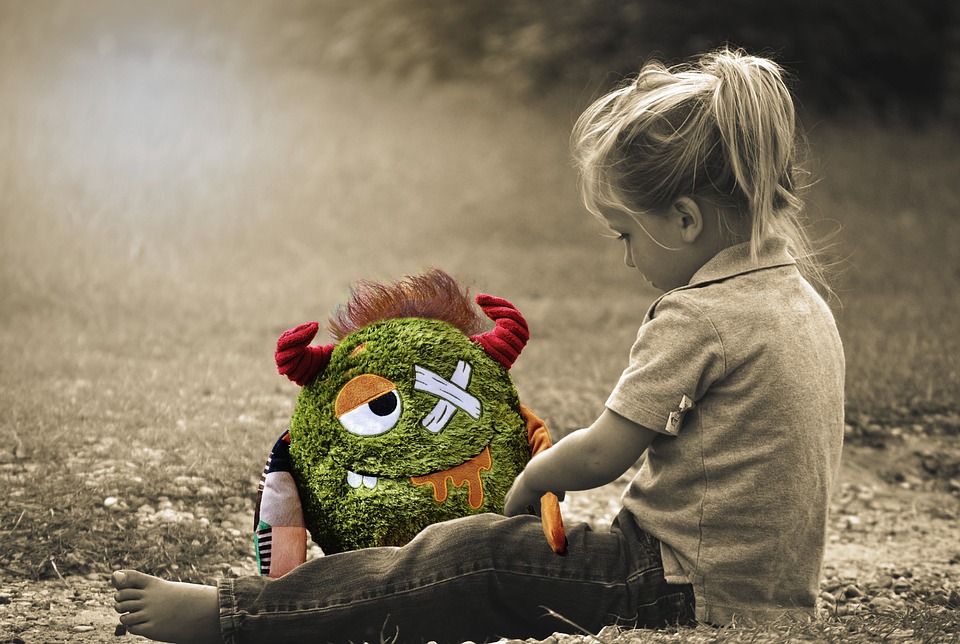
Sensory processing disorder is a disorder where the brain does not receive simulation the same as it normally would. This means that children with it typically do not like loud noises and are sensitive to the texture of different foods. Many of these symptoms seem similar to another disorder, Autism spectrum disorder.
Sensory processing disorder may resemble autism, but is a completely different disorder.
However, Sensory processing disorder differs from Autism in several ways. Most key is that Autism is a developmental disorder that has other symptoms related to social skills and obsessive interests. Meanwhile, SPD is a sensory disorder, only affecting reactions to sensory stimuli. One of the reasons the two disorders may be thought to be connected is that many with Autism have SPD. Conversely only a few people with SPD have Autism.
Key Takeaways:
https://www.romper.com/p/how-is-sensory-processing-disorder-different-from-autism-19876
Do You Need help with a Learning Difficulty?
Our simple online analysis will help you get to the core of the problem and find the right solution for you.
Understanding how to help someone with a learning difficulty starts with understanding which micro-skills are affected. When you learn which of the micro-skills is the problem, you will then be on your way to solving it.
You'll also learn how to:
- Build confidence
- Enhance Learning ability
- Eliminate avoidance
- Build grit
You can get this analysis for free by filling out this simple form. This will help you get to the bottom of a learning difficulty and provide you with a solution. If you are ready to put this problem behind you click the button below and fill out the form.


